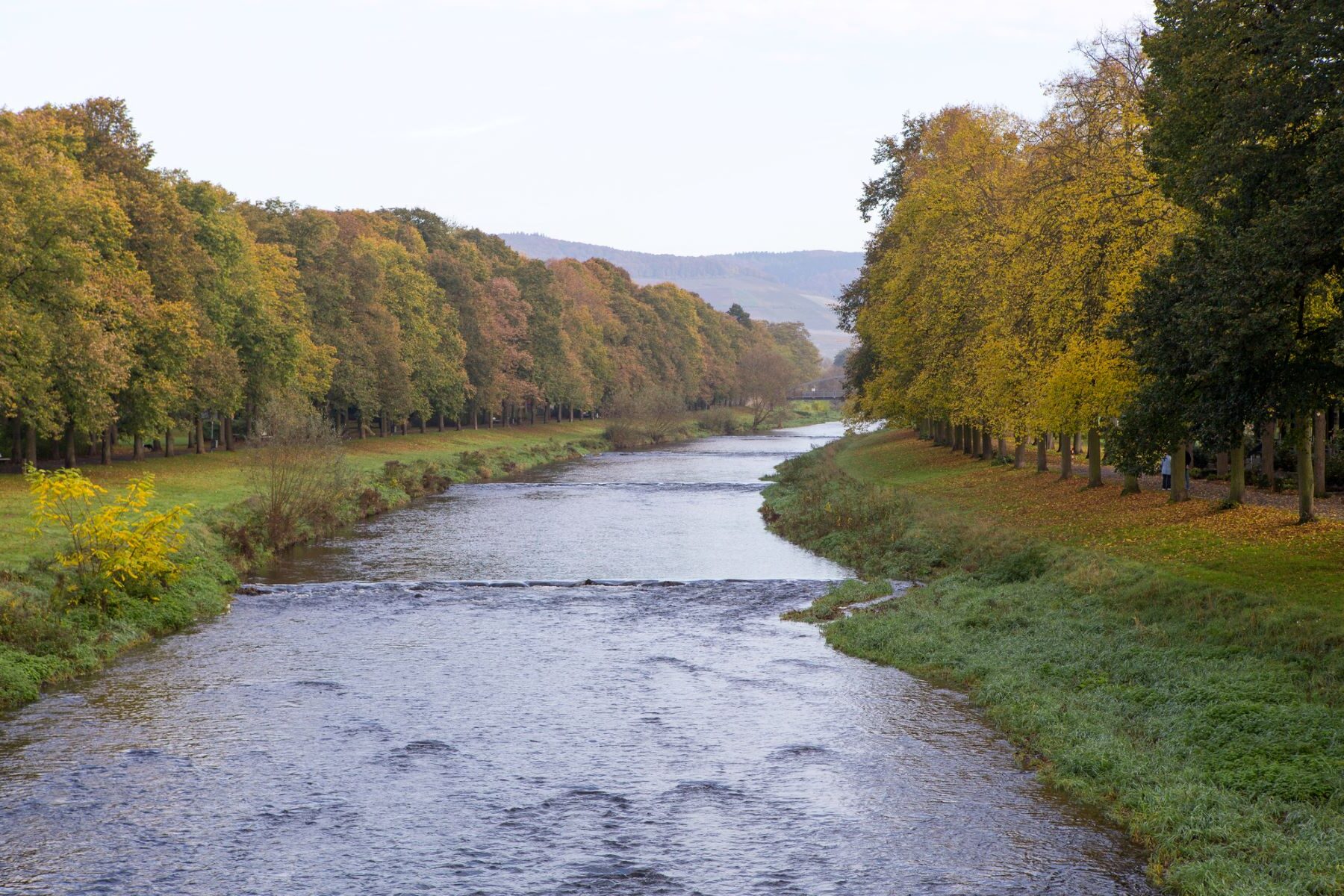As a result of the impact that DANA had in Valencia, the misinformation by certain extremist groups who advise that making more canals in rivers and eliminating their vegetation could be a good solution, but these are arguments that science refutes.
The power of water
Given the serious consequences that DANA has had in Valencia, many people have begun to wonder what to do to prevent the devastating impacts of floods – even more so if we consider that their frequency is increasing. Unfortunately, among the proposals to improve prevention, some have circulated misinformation that advises making more canalizations in the rivers and extracting the vegetation of its channels to prevent floods. This statement is false and we have spoken about it with our research technician Pau Fortuño to clarify it, since he has focused his thesis on the study of Mediterranean rivers.
“When people talk about cleaning river beds, they are referring to extracting their vegetation and this is a serious hydrological and ecological error. The vegetation that surrounds the rivers is adapted to the river’s floods, because it is flexible and robust at the same time, and acts as a brake when there are floods.
On the other hand, if we extract this vegetation and begin to channel the rivers, the water is picking up more and more speed as it descends from the headwaters or the storm zone because it does not find any friction to slow it down and, when it finds a curve to exit, the effects are worse,” explains Fortuño. Thus, we can say “that the channeling of the rivers and the (misnamed) cleaning of the channels increase the speed of the agua and, therefore, its destructive force. Precisely, many times the great evils of a flood do not come from the flood itself but because the agua takes these great sweeping speeds.
How do we protect cities from floods with a future strategy? According to the expert, “there is no zero risk, but to reduce the consequences of floods it is It is necessary that the channels are not occupied by houses, industrial or commercial warehouses, roads, train tracks or retaining walls and that have margins wide enough to grow and decrease without endangering the population. Furthermore, native vegetation cannot be missing on these banks, the classic riverside forest, because it is what will help us control the speed of the river in a stable manner over the years. “It is an urgent restoration of nature.”
Misinform and lie
In the same line of misinformation, some people defended on social networks that the channeling of the Turia in 1969 – during the Franco Regime – has saved Valencia from an even worse tragedy. The reality, however, is that “the channeling of the Turia has helped prevent serious problems in Valencia city, but, in part, it has also diverted the problem to the south of the city, precisely in the area of the Ribera Baixa, which has been the most affected and where other streams and ravines that carried huge volumes of water.
And neither canals nor retaining walls could have contained those volumes anywhere, so they are not the key to long-term prevention. And now even less so, since they should be rebuilt every 50 or 80 years if we consider that there will be more and more virulence in the climatic phenomena due to climate change”, points out Fortuño.
In the Valencian case, “the addition of narrow streams, built in the surroundings, canalized, with transversal communication routes and without vegetation has been one of the reasons for such powerful impact«. But it is not the only case, since in Catalonia there are also many flood zones with these mechanisms, such as in the Llobregat river or the Garonne, which already caused damage in Vielha in 2013. Furthermore: there are already cases of demonstrated success. how the removal of pipelines and the return of the river to its natural channel are preventing flooding, as in the case of the final stretch of the Arga River, in Navarra.
Vegetation on the banks
To clarify a key concept, when we talk about vegetation around rivers, we are not talking about cane. The common reed (Arundo donax) is an exotic and invasive species and is in no case protected – another fake news these days. In fact, there are aid and plans eradication for frequent control and eliminate them from the banks of the rivers.
“The problem is that sugar cane has a brutal colonizing power, with very high volumes of mass, and since in many areas we do not have healthy riverside forests, it does not have any natural control. If the river beds had the trees that correspond to them, such as elms or poplars, the cane would not have all the light it needs to grow. On the other hand, with this erroneous idea of leaving the channels bare, we encourage the cane to grow more and more,” says Pau Fortuño.
Thus, when we talk about a riparian forest we talk about the vegetation native that grows and matures around rivers and that in the Mediterranean corresponds to species such as poplar, tamarisk, alder, narrow-leaf and broad-leaf ash, hazel, elderberry… typical of humid areas.
It is necessary that when taking preventive measures, the advice provided by experts in the fieldsince otherwise the old saying would apply, which alludes to the fact that the cure could be worse than the disease.

